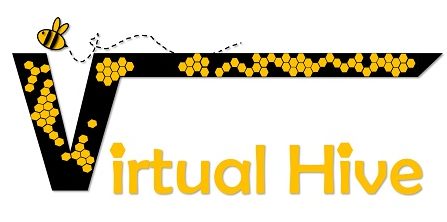
For media production and live streaming professionals, choosing the right codec is essential for efficient media workflows. Codecs compress audio and video data, reducing bandwidth usage and enabling smoother transmission over networks. This is particularly important for live workflows over wireless networks, such as 4G and satellite, where quality, reliability, and low latency are crucial but bandwidth is limited. Radio stations, broadcasters, and TV production companies need the best audio and video codecs to deliver high-quality content while optimizing bandwidth usage.
What is a Codec?
A codec is a software or hardware tool that compresses and decompresses audio or video data, facilitating efficient transmission and storage.
Here are some commonly used codecs in the media industry for effective transmission:
Audio Codecs
-
OPUS
- Versatility: Suitable for both audio and speech.
- Low Latency: Ideal for real-time applications like live broadcasting.
- Adaptive Bitrate: Adjusts bitrate based on network conditions for optimal quality.
- Wide Compatibility: Supported by most modern devices and platforms.
-
aptX
- Wireless Efficiency: Reduces data transmission over Bluetooth while maintaining sound quality.
- Broad Support: Widely supported in headphones and smartphones.
- aptX HD:
- Provides audio quality indistinguishable from high-resolution audio.
- Perfect for audiophiles seeking top-notch wireless sound.
-
AAC (Advanced Audio Coding)
- Quality-Size Balance: Offers excellent audio quality with reasonable file sizes.
- Widespread Adoption: Default codec for Apple devices and supported across various media players.
- Efficient Compression: Maintains audio fidelity with efficient compression.
-
MP3 (MPEG Audio Layer III)
- Popularity: Still widely used for audio streaming despite being older.
- Good Compression: Provides good compression ratios with acceptable audio quality.
- Licensing: Keep in mind potential licensing implications due to patents.
Video Codecs
-
H.264/AVC (Advanced Video Coding)
- Efficiency: Balances quality and efficiency, suitable for live streaming and video-on-demand.
- Broad Compatibility: Supported by most devices and platforms.
- Adaptive Streaming: Works well with adaptive streaming protocols, optimizing bandwidth use.
-
H.265/HEVC (High Efficiency Video Coding)
- Improved Efficiency: Offers better compression than H.264, especially for 4K video.
- Quality Retention: Maintains high video quality while reducing file sizes.
- Hardware Support: Increasingly supported by modern hardware, including Prodys devices.
What is Adaptive Encoding?
Adaptive encoding dynamically adjusts video quality based on available bandwidth, ensuring smooth streaming even during network fluctuations or congestion.
BRAVE Streaming Protocol
BRAVE is Prodys’ streaming protocol that optimizes data transmission over wireless networks, complementing audio and video codecs by ensuring efficient data transfer.
Remote Radio Broadcasting Equipment
Reliable equipment is crucial for remote broadcasting. Prodys offers high-performance audio encoders with various codecs:
-
Quantum Lite
- Handheld audio codec, highly reliable for field audio contributions over wireless networks.
- Utilizes low delay audio encoding with Opus and aptX (G722 and MPEG Layer II optional).
-
Quantum2 ST (Rackmount)
- Powerful 1U rack mount IP audio codec.
- Inherits IP technology from Prodys’ Ikusnet Video Codec Family and ProntoNet Audio Codec Family.
- Receives, decodes, and stores audio streams from remote Quantum Portable units.
-
Quantum2 W and Quantum2 XL (Portable)
- All-in-one solution for remote commentaries, providing two bidirectional audio streams to the studio or Host Broadcast Center.
- Supports video downlink stream decoding and video uplink for transmitting images from commentators to the studio.
For more information about Prodys and their range of encoders for both audio and video transmission, please contact Prodys.



